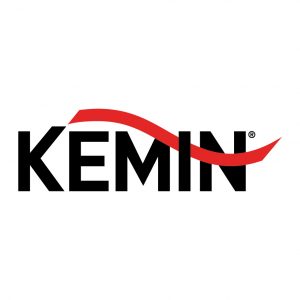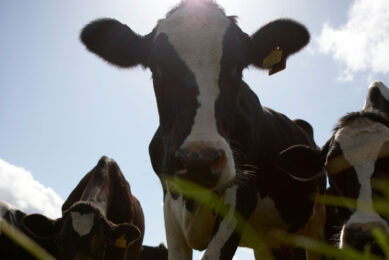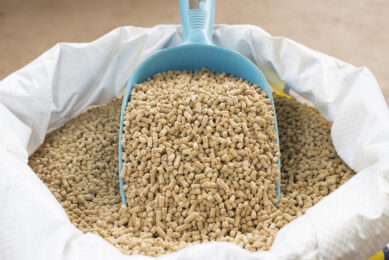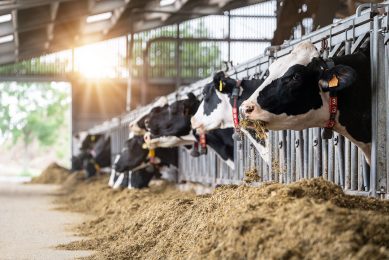Feeding calves can be more cost efficient
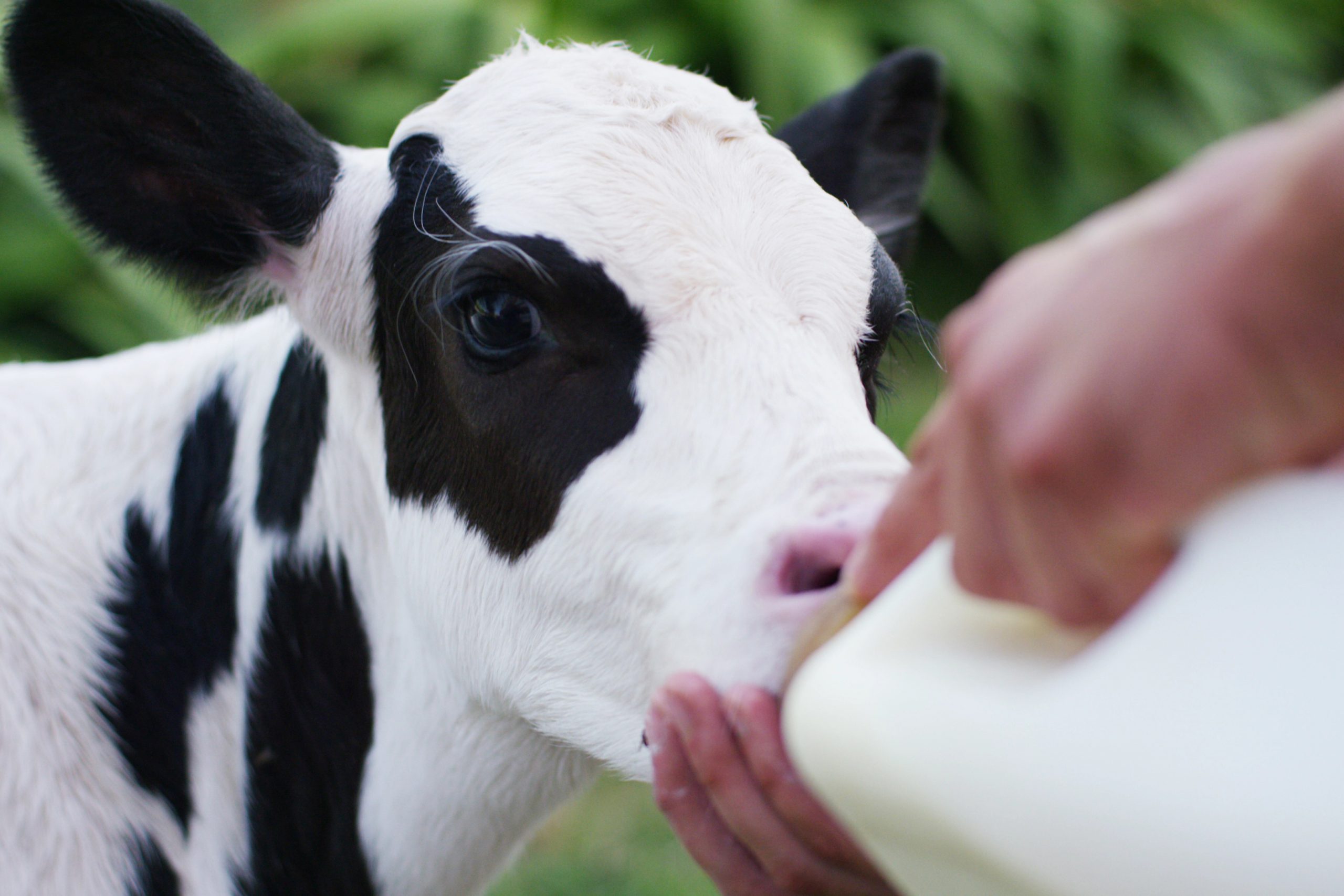
Providing livestock with the best nutrition while maintaining profitability is a major challenge facing the feed industry. To achieve this fine balance, many producers of pig and poultry incorporate lysophospholipids into animal feed. This cost-effective solution promotes the digestion of nutrients, particularly the absorption of the dietary lipids, to keep animals healthy and performing well.
In ruminants, from birth to weaning, the calf undergoes tremendous anatomical, physiological and metabolic changes. During the pre-ruminant stage, digestion and metabolism are similar to non-ruminants. To ensure growth and health performance, an appropriate supply of nutrients for calves through liquid feed (milk or milk substitute) is subject to similar requirements as in monogastric animals.
Lysoforte is a lysophospholipid-based multi-step absorption enhancer that increases profitability by improving digestion and absorption of nutrients in animal feed. This product leads the market in the monogastric segment. To evaluate if supplementation of the absorption enhancer in milk replacers shows the same positive effect on calves as in monogastric livestock, Kemin conducted a field trial.
Trial Details
The trial was performed in a well-managed dairy farm in Italy from April to November 2016. The farm had 100% Holstein Frisian cows in paddock with straw beds with milk production around 32 litres (L)/head/day.
A total of 34 calves were involved in the trial. There were 14 calves in the Control group (fed with standard milk replacer) and 20 calves in the Absorption enhancer group (fed with standard milk replacer + Lysoforte Booster Dry dosed at 2 kilograms (kg)/ton (T) of milk replacer). The calves were kept in individual cages from birth until approximately 21 days old, and were then moved to collective pens until approximately 80 days old. No health problems were recorded in the farm during the trial period.
The milk replacer composition was based on whey powder; palm oil; coconut oil; whey permeate powder; skimmed milk powder; wheat protein; dextrose; calcium carbonate; sodium chloride; sugared egg powder and salts of fatty acids. The crude protein content was 21% and the crude fat content was 18%. The feeding plan is described in Table 1.
Results
Field trial production performance data are shown in the Table 2. The absorption enhancer group average body weight (BW) at weaning was 5.1 kilograms (kg) more than the control group. At the time of birth, the absorption enhancer group average BW was 1.5kg lower than the control group, creating an overall 6.6-kg BW difference between the absorption enhancer and control group.
The absorption enhancer group had an average of 4.8 days more in each test than the control group. To account for this, a corrected total weight gain was calculated using an average of 800 grams (g) per day weight gain, resulting in a total corrected weight gain of 2.75kg in favour of the absorption enhancer group. These results are shown in Figure 1.
The feed conversion ratio (FCR) shows the absorption enhancer group needed 50g less of milk replacer per 1 kg body weigh compared the control group. This results in a 7.4 return on investment (ROI) for animal producers.
In addition to a better animal performance, the absorption enhancer increased herd homogeneity in the test period from birth to weaning by means of reducing the Coefficient of variation (CV). Even starting with a higher CV for the average BW at birth for the absorption enhancer group (23.4% vs 12.2%) they finished the trial with a similar CV (11.2 vs 11.4). This homogeneity of the treatment group was substantially improved at weaning.
Conclusion
The performance results confirm the objective of the trial. The addition of the absorption enhancer to the calf milk replacer at the dose of 2 kg/ton of milk replacer improves the performance of calves. At the end of the trial the animals fed with milk replacer containing the absorption enhancer achieved higher average BW at weaning. The commercial benefit was reflected by a 7.4 ROI. Additionally, the absorption enhancer increased herd homogeneity at weaning.
The absorption enhancer Lysoforte allows calve producers to manage feed costs while keeping the best performance. Click here to learn more about the product.


